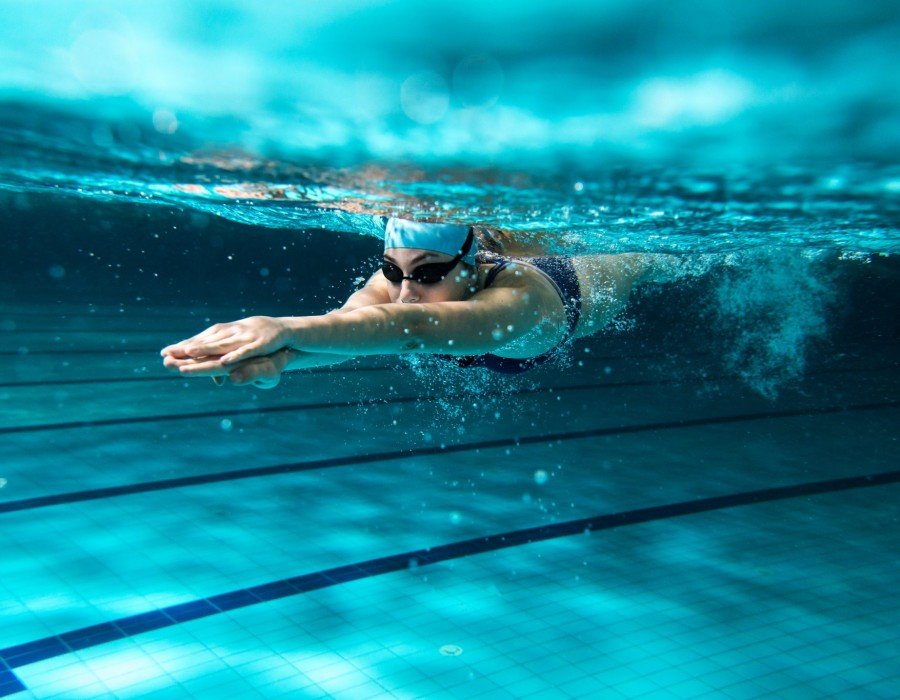Fitness and Performance
Top Tips to Maximise the Benefits of Swimming

The sun is shining and we’ve been promised a warm summer by those in the know. What better time to enjoy swimming? From indoor pools to lovely lidos and ocean dips, let’s explore the benefits, common injuries and how to avoid them…
Our physios often suggest swimming to clients as part of rehabilitation programmes. Research has shown it to be one of the lowest impact physical activities to offer overall well-being benefits, including:
- Supporting your body weight
- Increasing circulation
- Reducing muscle stiffness
- Decreases joint swelling
- Improving chronic pain
- Increasing range of motion
A recent Swim England report also noted additional benefits specifically for people suffering with long term physical and mental health conditions. This included chronic pain and anxiety. It’s a great activity for all ages and studies have shown that swimming improves quality of life for the elderly. It also reduces falls and other acute injuries.
Of course, all physical activities have the potential to result in injury and swimming is no exception. Common reasons for swimming injuries include:
- Joints can be put in extreme repetitive motion, depending on the stroke
- Failure to ensure proper stroke technique exacerbates overuse fatigue
- Existing injuries can cause imbalance and compensation leading to further injury
- Poor warm-up can also cause further damage
But don’t let this put you off getting that bathing suit on and enjoying the water! Here are our top tips for enjoying all the benefits of swimming while reducing the risk of injury:
-
Ask the experts
Visit a physiotherapist for expert assessment of your biomechanics for personalised advice on injury prevention.
-
Switch it up
Ask a swimming trainer for advice on improving different strokes rather than sticking to what you know. A different technique may work better for you.
-
Support on dry land
You can improve results in the pool with workouts on dry land. Integrate rotator cuff, core and lower limb strengthening exercises into your gym routine.
-
Take a break
Don’t forget to build in proper resting periods including stretching and breathing techniques to allow your body time to recover.